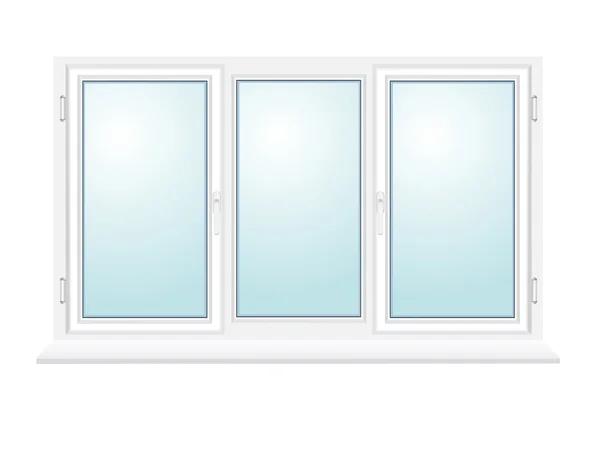Cost Effective Production Strategies for Secondary Glazing
Secondary glazing offers an effective solution for improving thermal insulation, reducing noise, and enhancing security in existing window installations. To produce secondary glazing cost-effectively, manufacturers must focus on optimizing materials, streamlining production processes, and adopting efficient design principles without compromising quality or performance. One key strategy involves selecting affordable yet durable materials that provide the necessary strength and insulation properties. For example, using high-quality acrylic or polycarbonate sheets instead of traditional glass can significantly reduce material costs while maintaining clarity and impact resistance. These alternatives are also lighter, which lowers shipping expenses and simplifies handling during assembly.
Another important aspect is minimizing waste throughout the manufacturing cycle. Precise cutting techniques such as computer numerical control (CNC) machining allow for accurate dimensions with minimal offcuts. This precision reduces raw material consumption and decreases labor time spent on rework or adjustments. Additionally, standardizing component sizes where possible enables bulk purchasing at discounted prices and facilitates faster assembly by using fewer unique parts.
Automation plays a crucial role in achieving cost efficiency in secondary glazing manufacturing production. Incorporating automated cutting machines, robotic arms for frame assembly, or conveyor systems to transport components between workstations can speed up manufacturing while reducing reliance on manual labor. Although initial investment costs may be higher, automation leads to lower long-term operational expenses through consistent output quality and reduced human error.
Design considerations also influence production costs substantially. Developing modular designs that accommodate various window dimensions with interchangeable parts allows manufacturers to cater to diverse customer requirements without needing bespoke solutions each time. This approach simplifies inventory management and shortens lead times since stock components can be assembled quickly into finished products tailored to specific openings.
Furthermore, integrating energy-efficient practices within the facility contributes indirectly to lowering overall expenses associated with secondary glazing production. Utilizing LED lighting instead of incandescent bulbs reduces electricity bills; implementing recycling programs minimizes disposal fees; optimizing heating or cooling systems cuts utility costs-all these measures enhance sustainability while supporting financial goals.
Collaboration with suppliers ensures steady access to competitively priced raw materials and components essential for maintaining uninterrupted workflows at controlled budgets. Establishing long-term partnerships often results in volume discounts or favorable payment terms that benefit cash flow management.
In conclusion, cost-effective secondary glazing production hinges on balancing quality with economical choices across multiple facets including material selection, waste reduction techniques, automation adoption, smart design strategies, sustainable operations improvements, and supplier relationships. By addressing these areas thoughtfully companies can deliver reliable secondary glazing products that meet market demands efficiently without excessive expenditure burdening either manufacturer or consumer alike.
City Sound Secondary Glazing
367 Chingford Rd, London E17 5AE UK
44 20 8523 3210

